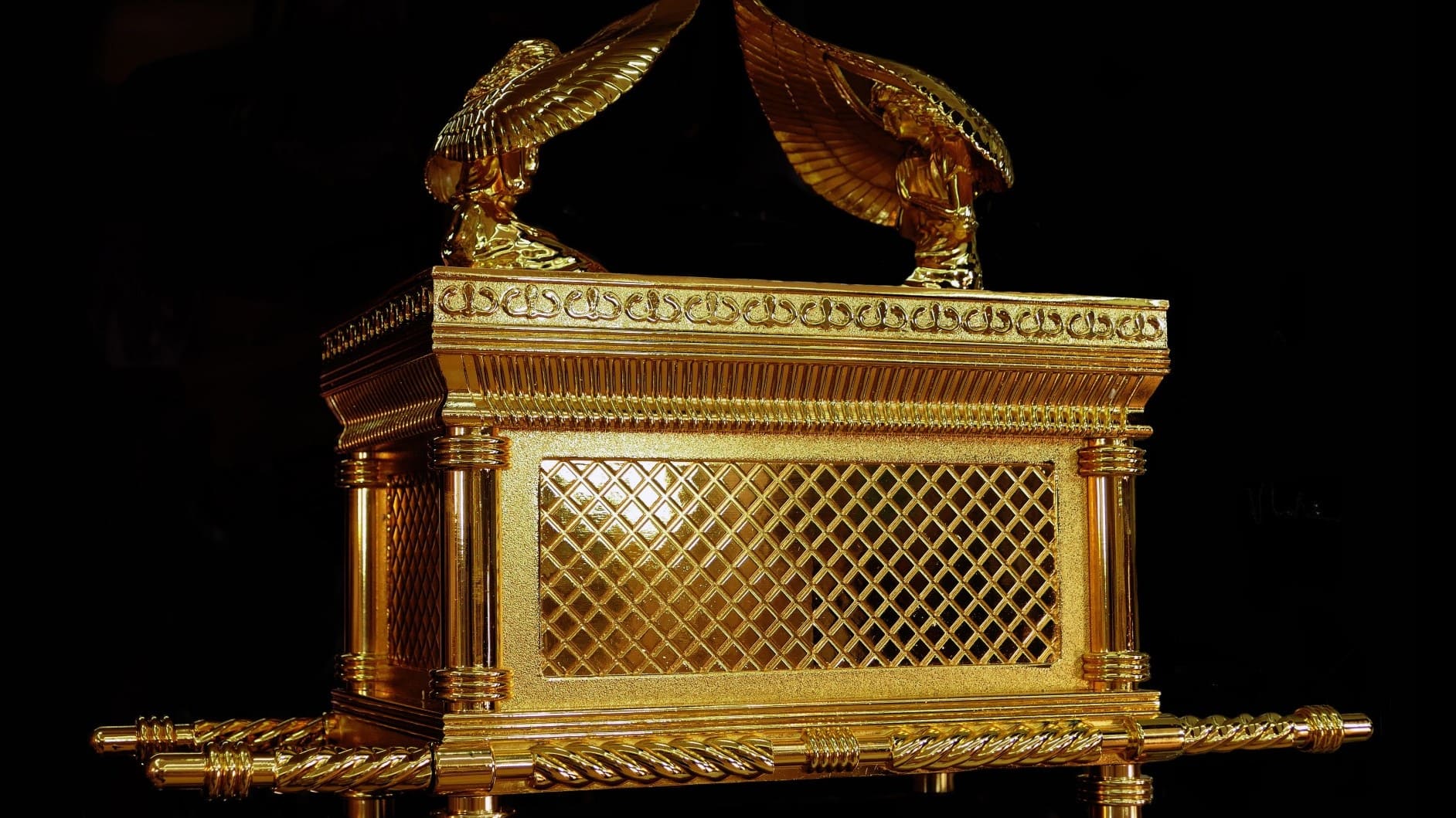
What is the Ark of the Covenant? This ancient artifact has intrigued historians, archaeologists, and adventurers for centuries. Described in the Bible, the Ark is said to be a gold-covered wooden chest containing the stone tablets of the Ten Commandments. Why is it so significant? The Ark symbolizes God's presence and power among the Israelites. Legends suggest it had miraculous powers, from parting rivers to bringing down city walls. Where is it now? Its current location remains one of history's greatest mysteries. Some believe it lies hidden in Ethiopia, others think it was lost or destroyed. Ready to dive into more? Let's uncover 30 fascinating facts about this legendary relic.
What is the Ark of the Covenant?
The Ark of the Covenant is one of the most mysterious and revered artifacts in religious history. It has fascinated scholars, theologians, and adventurers for centuries. Let's dive into some intriguing facts about this ancient relic.
- The Ark is described in the Bible as a gold-covered wooden chest with a lid called the Mercy Seat.
- It was built by the Israelites at the command of God, according to the Book of Exodus.
- The Ark was constructed using acacia wood and overlaid with pure gold.
- It measured approximately 4 feet long, 2.5 feet wide, and 2.5 feet high.
- The Ark contained the stone tablets of the Ten Commandments, Aaron's rod, and a pot of manna.
Historical Significance of the Ark
The Ark played a crucial role in the history of the Israelites. It was more than just a religious symbol; it was a powerful artifact that accompanied them through their journey.
- The Ark was carried by the Israelites during their 40 years of wandering in the desert.
- It was housed in the Holy of Holies within the Tabernacle, a portable sanctuary used by the Israelites.
- The Ark was believed to have miraculous powers, including the ability to part the Jordan River.
- It was carried into battle, where it was thought to bring victory to the Israelites.
- The Ark was captured by the Philistines but caused them so much trouble that they returned it.
The Ark in Religious Texts
The Ark is mentioned in various religious texts, each adding layers to its mystique and significance.
- In the Hebrew Bible, the Ark is described in the Books of Exodus, Numbers, Deuteronomy, Joshua, and Samuel.
- The Quran also references the Ark, calling it the "Tabut" and associating it with divine favor.
- The Ark is considered a symbol of God's presence and covenant with the Israelites.
- It is said that only the high priest could approach the Ark, and only once a year on Yom Kippur.
- The Ark's design and construction are detailed in the Book of Exodus, chapters 25-27.
Theories About the Ark's Location
The current location of the Ark remains one of the greatest mysteries. Numerous theories and legends surround its whereabouts.
- Some believe the Ark was hidden before the Babylonian conquest of Jerusalem.
- Ethiopian Orthodox Christians claim the Ark is in the Church of Our Lady Mary of Zion in Axum, Ethiopia.
- Others speculate that the Ark was taken to Egypt and hidden in the Temple of Karnak.
- Some theories suggest the Ark is buried beneath the Temple Mount in Jerusalem.
- There are even claims that the Ark is hidden in a secret chamber within the Great Pyramid of Giza.
Cultural Impact of the Ark
The Ark has left a lasting impact on culture, inspiring countless works of art, literature, and film.
- The Ark is a central element in the plot of the 1981 film "Raiders of the Lost Ark."
- It has been depicted in various paintings, including works by Rembrandt and James Tissot.
- The Ark has inspired numerous books, both fiction and non-fiction, exploring its history and significance.
- It is often referenced in popular culture, including TV shows, video games, and comics.
- The Ark's mysterious nature continues to captivate the imagination of people around the world.
The Ark's Symbolism
Beyond its historical and religious significance, the Ark carries deep symbolic meaning.
- The Ark represents God's covenant with the Israelites and His presence among them.
- It symbolizes divine judgment and mercy, as seen in the Mercy Seat atop the Ark.
- The Ark is a reminder of the Israelites' journey and their reliance on God's guidance.
- It serves as a symbol of faith, obedience, and the power of God's word.
- The Ark's enduring mystery and significance highlight the timeless nature of faith and the quest for understanding.
The Ark's Mystique Lives On
The Ark of the Covenant remains one of history's most intriguing artifacts. Its mystery and legend continue to captivate scholars, adventurers, and enthusiasts alike. From its biblical origins to its alleged powers, the Ark's story is filled with fascination and wonder. Despite countless theories and expeditions, its whereabouts and true nature remain elusive. This enduring enigma keeps the quest for the Ark alive, fueling imaginations and inspiring new generations to explore its secrets. Whether it's hidden in a remote location or lost to time, the Ark of the Covenant will always be a symbol of faith, power, and mystery. The search for the Ark is more than just a hunt for a relic; it's a journey into the heart of human curiosity and belief.
Was this page helpful?
Our commitment to delivering trustworthy and engaging content is at the heart of what we do. Each fact on our site is contributed by real users like you, bringing a wealth of diverse insights and information. To ensure the highest standards of accuracy and reliability, our dedicated editors meticulously review each submission. This process guarantees that the facts we share are not only fascinating but also credible. Trust in our commitment to quality and authenticity as you explore and learn with us.


